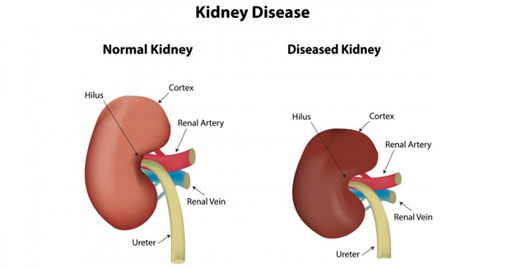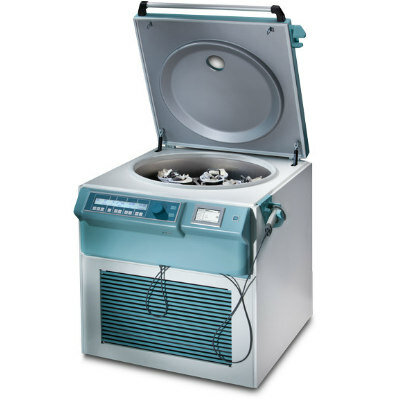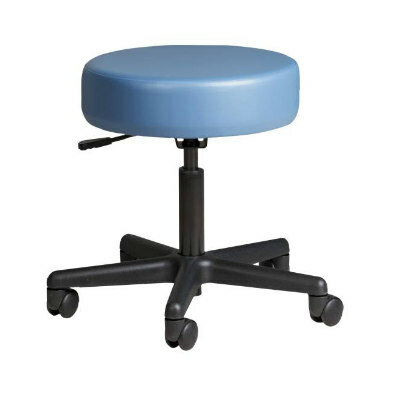En Bloc Renal Hilar Staple Ligation Deemed Safe
By HospiMedica International staff writers
Posted on 03 Jan 2017
Using staples to ligate the hilar vasculature is as safe as conventional renal pedicle dissection and isolated staple ligation of the renal artery and vein, claims a new study.Posted on 03 Jan 2017
Researchers at the University of Alabama (Birmingham, USA) conducted a literature review of studies related to the safety of en bloc ligation of the renal hilum. After exclusion criteria were applied, nine studies were identified for review, of which four included a control group and were used in the meta-analysis; in all, 595 patients were included in the analysis. The primary end point was the incidence of arteriovenous fistula (AVF) formation, with secondary end points being procedure duration, blood loss, and the number of perioperative complications.

Image: New research shows en bloc ligation of the diseased kidney is safe (Photo courtesy of Alamy).
The results showed that none of the patients in whom en bloc staple ligation was performed for nephrectomy were diagnosed with AVF formation, following an average postoperative follow up of 26.5 months. When en bloc and isolated ligation of the renal artery and vein were compared, a significant improvement in procedure duration for en bloc nephrectomy was shown. There was no difference in estimated blood loss or the number of complications. The study was published in the January 2017 issue of The Journal of Urology.
“En bloc ligation has historically been associated with AVF formation in the renal pedicle stump. However, in the last 20 years several studies of outcomes in almost 600 patients did not show a single patient with AVF on postoperative followup,” concluded study authors Win Shun Lai, MD, and Soroush Rais-Bahrami, MD. “Moreover, based on our meta-analysis, en bloc ligation could decrease operative time. Therefore, en bloc ligation appears to be as safe as and potentially more time saving than the conventional isolated vascular ligation approach.”
For open and laparoscopic nephrectomy, the standard approach to ligation and division of the hilar vasculature involves individual ligation of the renal artery, followed by the renal vein. This is in contrast to en bloc ligation of the hilum, in which the renal artery and vein are taken concomitantly. The general concern about en bloc ligation is a reported association with AVF formation due to the close proximity of the artery and vein stumps, which can manifest as abdominal bruit, tachycardia, and the development of chronic heart failure (CHF).
Related Links:
University of Alabama














